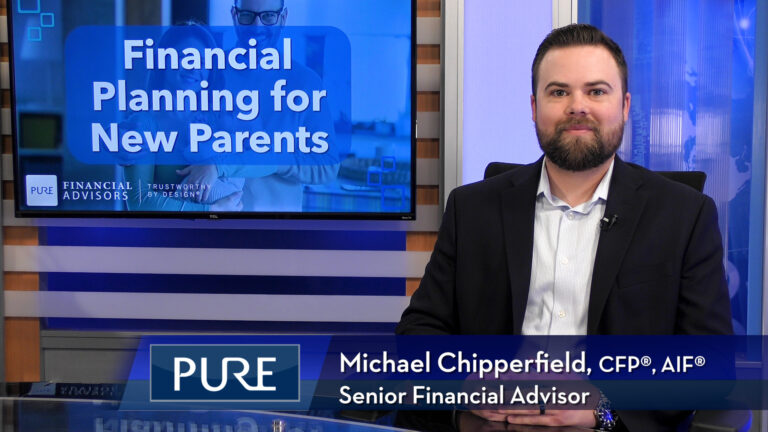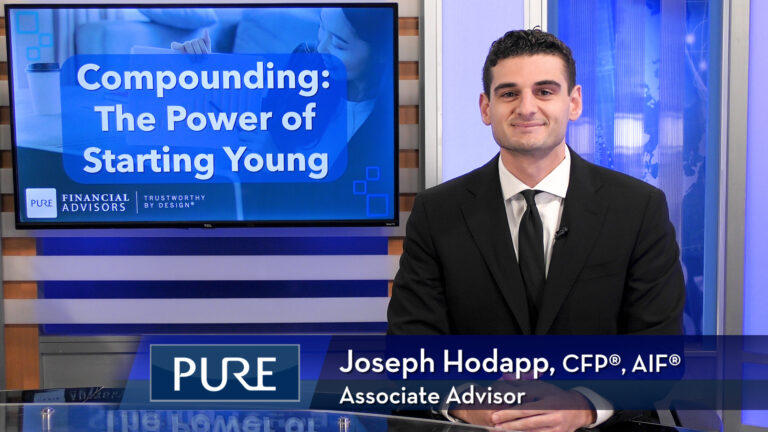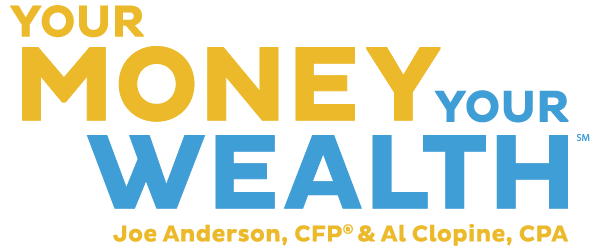Reducing debt is one of the most common financial resolutions as we enter the new year. Understanding your spending habits and identifying ways to modify them are essential to breaking free from debt. Pure’s Senior Financial Advisor, Brian Sauter, CFP®, AIF®, shares key strategies to help you take control of your finances, eliminate debt, and pave the way for a stress-free financial life and a healthy retirement.
He discusses:
- The “Snowball” Method
- Balance transfers
- Consolidating debts
- And more
Transcript
Today we will be reviewing ways for cutting credit debt in the new year. The biggest financial burden from credit cards comes from the very high interest rates they generally charge. Paying off credit card debt as quickly as possible will minimize this expense. Consider this, if you have a balance of $5,000 on a credit card at 14% interest and make only the monthly minimum payment due each month, it would take you 22 years to pay off and $5,887 in interest to pay it off.1
Here are some basic steps to get on the path to becoming debt free:
Take stock of your bills & prioritize your money.
Determine your monthly take-home pay. Then, calculate your monthly expenses, prioritizing your most important bills first. You can then figure out a reasonable amount you can afford to pay towards your credit card debt each month. Then review all the options for paying off your credit card debt and determine the best option for your specific situation.
Option 1: The “snowball” method
Begin with your highest-interest credit card and put every spare cent to paying that one off. When you’ve done that, take the payment from that card and add it to the payment you’re already paying on your next highest-interest card, and so on.
Option 2: Balance transfers
If you have credit cards, you likely receive offers to transfer the balance on those cards to another card at a lower rate, sometimes at 0. Interest rates on these cards can be as long as 21 months. This can be a good way to use their money without interest for that period and use the savings toward paying off your credit cards.
Option 3: Consolidate debts
As a last resort, you may be able to obtain a consolidation loan from your bank or a private lender with a lower interest rate and payment than you’re making on your credit cards. If you’re seriously in debt and cannot afford to pay it off, talk to your creditors about debt forgiveness. They will often settle for a lesser amount than you owe or offer you a repayment plan that you can afford.
The biggest, most important thing is to take action. Optimize your budget for getting out of debt by reducing non-essential expenses. Figure out what your spending habits are, and how you might change them to get out of debt. Make your roadmap with a clear, specific goal that you can measure and see your progress. Deciding whether to pay off debt before retirement depends on factors like debt type, interest rates, investment returns, and your financial goals. Contact Pure for a free financial assessment to see how we may be of help.
1 Bill Shark, “One Great New Year’s Resolution: Cut Credit Card Debt,” Accessed in January 2025. https://www.billshark.com/blogs/one-great-new-years-resolution-cut-credit-card-debt.
Subscribe to our YouTube channel.
IMPORTANT DISCLOSURES:
• Investment Advisory and Financial Planning Services are offered through Pure Financial Advisors, LLC, a Registered Investment Advisor.
• Pure Financial Advisors LLC does not offer tax or legal advice. Consult with your tax advisor or attorney regarding specific situations.
• Opinions expressed are subject to change without notice and are not intended as investment advice or to predict future performance.
• Investing involves risk including the potential loss of principal. No investment strategy can guarantee a profit or protect against loss in periods of declining values.
• All information is believed to be from reliable sources; however, we make no representation as to its completeness or accuracy.
• Intended for educational purposes only and are not intended as individualized advice or a guarantee that you will achieve a desired result. Before implementing any strategies discussed you should consult your tax and financial advisors.
• Charitable gift annuities typically pay lower interest rates than regular annuity products, they are irrevocable and are only safe as long as the charity is around.
CFP® – The CERTIFIED FINANCIAL PLANNER® certification is by the Certified Financial Planner Board of Standards, Inc. To attain the right to use the CFP® Certification, an individual must satisfactorily fulfill education, experience and ethics requirements as well as pass a comprehensive exam. Thirty hours of continuing education is required every two years to maintain the certification.
AIF® – Accredited Investment Fiduciary designation is administered by the Center for Fiduciary Studies fi360. To receive the AIF Designation, an individual must meet prerequisite criteria, complete a training program, and pass a comprehensive examination. Six hours of continuing education is required annually to maintain the designation.












